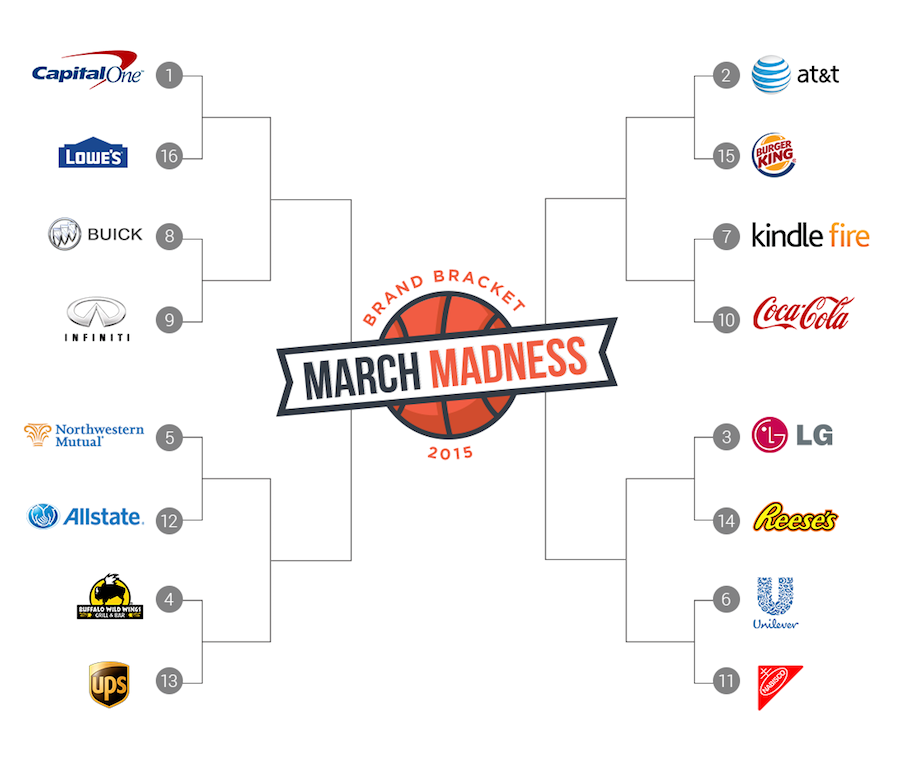
You've made the decision to create your own digital marketing strategy. What's next? Well, this article will walk you through the various steps of the process, from choosing your channel to researching your audience. This article will also help you to create a customer path and split test a strategy. Once you have this information, your brand will know if it is working. You're not the only one who isn't satisfied with your new strategy. Many other businesses have asked the same question: How do I create a digital marketing strategy?
Researching your audience
To create a digital marketing strategy, you need to research your audience. You can accomplish this by conducting quantitative research. This involves taking a survey of a large group and generating statistical findings. If you are looking to create an email campaign that targets a particular audience, for example, you will need to identify their pain points and interests. You can also review their purchase history to determine if they have changed their purchasing habits. Then, you can target your marketing message to the specific audience segments.
Understanding your audience is key to creating a successful digital marketing plan. You won't be able to see their needs and desires without research. Research is a great way to find those issues and then create content that's relevant for them. You can also predict their needs, which will help you become more efficient in your marketing. Here are some tips on researching your audience.
Interviews: Surveys can help you better understand your audience. Interviews can be conducted with customers, published customer reviews on social media and sent to existing customers. These surveys will give you valuable information on what makes your audience tick. You can then develop your digital marketing strategy. It's important to research your audience, but it is equally essential to create a compelling campaign. This will enable you to reach your audience and increase sales.
Segmentation: This allows you to target your audience by understanding their lifestyle and preferences. Segmentation will allow you to craft a stronger message and interact with your customers in a more personal way. Adidas, for example, sent a gender-specific email to its customers, while the clothing company categorised its audience by gender. The vast majority of customers buy jeans and a survey asking them to rate the retailer would yield an average score of 8/10.
Choosing channels
Promoting your product or service through digital channels is an important aspect. The primary goals, competition, budget, and other factors should guide your choice. Different channels deliver different results. Be wise and choose which one works best for you. Depending on the channel you choose, what content you share with your audience will determine which format you use for your ads. Content marketing is still the king of marketing and will always be relevant, but if you want to reach your audience, there is no doubt that you must take advantage of this technology.

The goals of your company will determine the decision to use a specific digital marketing channel. You should determine your long-term as well as short-term goals. Long-term goals could include increasing revenue by 20% in the next two-years. Short-term goals might include generating 400 qualified leads within six to eight months, or increasing website traffic by 70% in just eight months. Make sure to identify the short-term and long-term goals of your business so that you can determine which channels will work best for you.
Be sure to evaluate the effectiveness of each channel before making a decision on which channels you will use. Each channel comes with its own strengths, weaknesses and freedoms. It is important to identify the type of content you need for each channel as well as its cost. You should make sure you have all of your budget available before you begin using new channels as part of your digital marketing strategy. Facebook and Twitter are the best channels to generate buzz.
Designing a customer journey
A customer journey plan is one of the key elements to a successful digital marketing campaign. These maps depict the journey a customer takes to get from decision making to taking action. A customer journey map can be used for many purposes. It may show the customer's path from the beginning of the sales funnel until the point when they become a lifetime customer. It can also be used to help identify areas that need improvement.
In a nutshell, a customer journey map represents a prospect's journey toward purchase. It allows marketers to identify the questions that prospects ask and the difficulties they face along the journey. The higher-funnel phases are for creating awareness and generating interest. The last stages are for building brand loyalty. This should start with awareness.
After researching and learning about a brand, potential customers begin the information-gathering phase of the customer journey. Initially, they don't know who you are, but they know what they want. The brand should provide content to help customers make informed decisions during this phase of their Customer Journey. Customers can request a trial period for free to help them overcome any remaining hurdles in the buying process.
Marketers will be able to use customer journey maps to target their advertising campaigns by understanding the steps customers take before purchasing a product. Each stage of a customer journey should be identified as a buyer persona. Marketers will be able to adjust their marketing campaigns based on the stage's goals by knowing this information. Marketers can also use customer journey maps to help understand their customers better. This helps them identify the motivations behind each stage of their customer's decision-making.
Split testing your strategy
You can improve your business profitability by using split testing in several aspects of your digital marketing strategy. Split testing can be used to improve headlines, page copy and button text. Images, social sharing buttons, email advertising, call to actions, and social media buttons are just a few examples. Here are some examples of scenarios you can test. Split testing can be used to determine which marketing strategies will lead to increased sales and profitability. Be sure to choose the correct size sample. Split testing should always be done with the appropriate confidence rating.
Split testing is a great way to determine whether certain marketing strategies work or not and to identify where you can make adjustments to increase their effectiveness. Split testing allows you to track whether your online marketing strategies are generating leads or bringing in returns. Split testing involves experimenting with different versions of a website, or individual elements of it. Split testing can help you determine whether your website is profitable. Once you've identified which variants generate more leads, it is possible to make adjustments in your digital marketing strategy.

ClickFunnels allows you to test six different versions of the same advertisement. This makes it easy to come up with split-test ideas. Another good place to get ideas for split tests is on Facebook. There are many examples of ads using Facebook and you can copy them to see which ones are performing better. Split testing is also possible on landing pages. Split-testing can also be done on landing pages. Moving the CTA down from the fold increased conversions 30% while removing the CTA from the landing page led to cart abandonment rates dropping by 33%.
Split testing is an essential component of conversion optimization. It involves dividing traffic into two groups - the control group and the variant. Split testing lets you show half the variant version to 50% of your traffic. In a multivariate test, you divide the traffic into equal segments and show one version of the variant to each group. Split testing can be a powerful tool in digital marketing. The results will amaze you!
Measuring the success
It is important to measure the success of your digital marketing strategy. There are many ways to do this, including tracking the number and quality of conversions. To measure the effectiveness and efficiency of a campaign's efforts, you can use other metrics such as the number pages viewed. These metrics can also be used to assess the effectiveness and success of marketing initiatives, as they are based on the target audience.
To measure the success and effectiveness of your digital marketing strategies, you need to track certain key performance indicators (KPIs). KPIs measure the effectiveness of your marketing teams against a given goal. These targets can be high-level or low-level. These KPIs can be useful in identifying success of a campaign. They provide a level of accuracy that can serve as a guide for future campaigns.
It is important to set clear objectives for measuring the success of your digital marketing strategy. To illustrate, how many people did your website attract? What content did your website encourage? Are your email communications generating more sales than before? Are you getting new business? How many people opened an email and made a purchase? These are just some examples of the data you should track in order to assess whether your digital marketing strategy works. It all depends on your objectives and goals as well as your digital marketing strategy.
FAQ
What is Onpage SEO?
On-page SEO refers to the actions you take within your website to help it rank higher in search engines. On-page optimization includes site architecture, page titles and meta tags. Image alt text is also included. Off-page SEO refers to activities outside your website that will improve its ranking. These activities can include backlinks as well as social media shares and press releases.
What Is an SEO Campaign?
An SEO campaign is an ongoing series of activities to increase visibility for a website or domain name in search engines such Google, Bing, Yahoo!, and others. These activities include optimizing page titles, meta description tags and URL structure.
Keyword research is a key part of SEO campaigns. This involves identifying keywords that are likely to increase organic traffic. Once keywords have been found, they need to be optimized for the entire site, from the homepage through individual pages.
What is an SEO strategy?
SEO strategy is essential to ensure you are not missing any opportunities for your business to grow. Ranking higher in search results is important, but great content can't be found by anyone.
An effective SEO strategy will help you establish relationships with industry experts and influencers. With their connections and knowledge, you can learn new techniques and tricks to beat your competitors.
Statistics
- A 62.60% organic traffic boost to that page: (backlinko.com)
- : You might have read about the time that I used The Content Relaunch to boost my organic traffic by 260.7%: (backlinko.com)
- Deleting those 10k pages is one of the main reasons that he improved his site's organic traffic by nearly 90%: (backlinko.com)
- Sean isn't alone… Blogger James Pearson recently axed hundreds of blog posts from his site… and his organic traffic increased by 30%: (backlinko.com)
- These guides are designed and coded 100% from scratch using WordPress. (backlinko.com)
External Links
How To
How to Create a Successful SEO campaign
Creative writing requires that you know how to set yourself apart from the rest.
You will find that many writers are very alike. They tend to follow the same patterns when they write. They are repeating themselves and fall back on clichés.
You need to get out of your ruts and create new ideas. This requires thinking outside of the box.
You must also find interesting ways to make you writing more engaging. It is important to consider the personality of your audience when you write for them. What drives them? What makes them laugh? What makes them weep?
What excites you? What scares you?
These are the questions you should ask yourself when you write. Next, ask yourself why someone cares about what you are saying. Why would someone read your words and not others?
Once you know this, you can begin crafting your story.
Start with your hook. Your opening line should be a key part of your message. It's the first impression your readers make of you. Make wise choices.
Next, determine whether your piece is informational or persuasive. Informational pieces explain facts. Persuasive writing convinces readers to follow your lead.
Final, choose whether you want to tell stories or show examples. Stories are captivating. Examples show how something works.